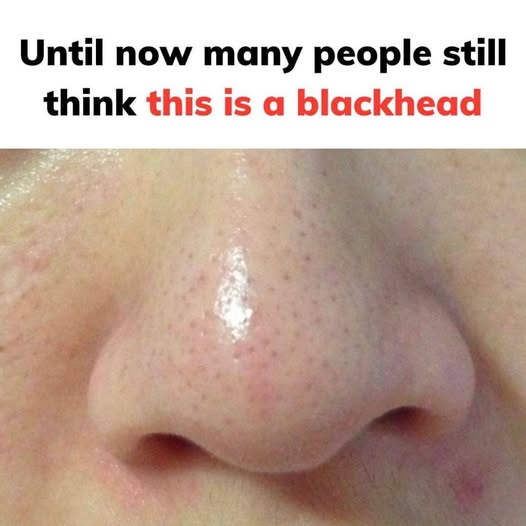Hidden Acne on the Nose: Causes, Characteristics, Prevention, and Treatment
What is Hidden Acne?
Hidden acne, also known as subsurface acne or closed comedones, refers to small, hard bumps under the skin that do not have an open head like blackheads or a whitehead like typical pimples. It occurs when pores become clogged with excess sebum (oil), dead skin cells, and bacteria but remain beneath the surface of the skin.
When hidden acne appears on the nose, it can be particularly stubborn and difficult to treat due to the high concentration of sebaceous (oil) glands in this area.
Characteristics of Hidden Acne on the Nose





Causes of Hidden Acne on the Nose

- The nose has more oil glands than other areas, leading to clogged pores.

- When skin cells do not shed properly, they accumulate and block pores.

- Increased androgen levels can lead to excess oil production, especially during puberty, menstruation, pregnancy, or stress.

- Overusing harsh cleansers, skipping exfoliation, or using comedogenic (pore-clogging) products can contribute to hidden acne.

- Not cleansing the face properly after sweating can trap bacteria and oil in pores.

- High dairy or sugar intake may increase sebum production.
- Lack of sleep and stress can trigger hormonal changes that lead to acne.

- Frequently touching the nose transfers bacteria, worsening acne.
Prevention of Hidden Acne on the Nose

- Wash your face twice a day to remove dirt, oil, and bacteria.
- Avoid harsh soaps that strip the skin, causing it to produce even more oil.

- Use BHA (salicylic acid) or AHA (glycolic/lactic acid) 2-3 times a week to remove dead skin cells and unclog pores.

- Avoid touching or picking at hidden acne to prevent inflammation and scarring.

- Avoid heavy creams and thick makeup that can clog pores.

- Bacteria and oil can build up on fabric, transferring to your skin.

- Reduce dairy, sugar, and processed foods to control oil production.
- Drink plenty of water to keep your skin hydrated and healthy.
Treatment for Hidden Acne on the Nose
1. Over-the-Counter (OTC) Treatments

- Helps to penetrate deep into pores and clear out sebum.
- Found in face washes, toners, and spot treatments.

- Increases cell turnover and prevents clogged pores.
- Start with a low concentration and use at night (always apply sunscreen in the morning).

- Helps kill acne-causing bacteria and reduce inflammation.
- Best for inflamed or developing pimples.
2. Professional Treatments

- A dermatologist or esthetician can safely remove hidden acne using sterile tools.

- AHA or BHA peels help exfoliate the skin deeply and prevent future breakouts.

- Stronger than OTC retinol, these speed up skin cell renewal and unclog pores.

- Targets oil glands and reduces bacteria to prevent hidden acne from worsening.
Hidden acne on the nose can be frustrating and stubborn, but with the right skincare routine and treatments, it can be managed effectively.

If the acne persists or worsens, consult a dermatologist for a customized treatment plan. Your skin deserves the best care!




